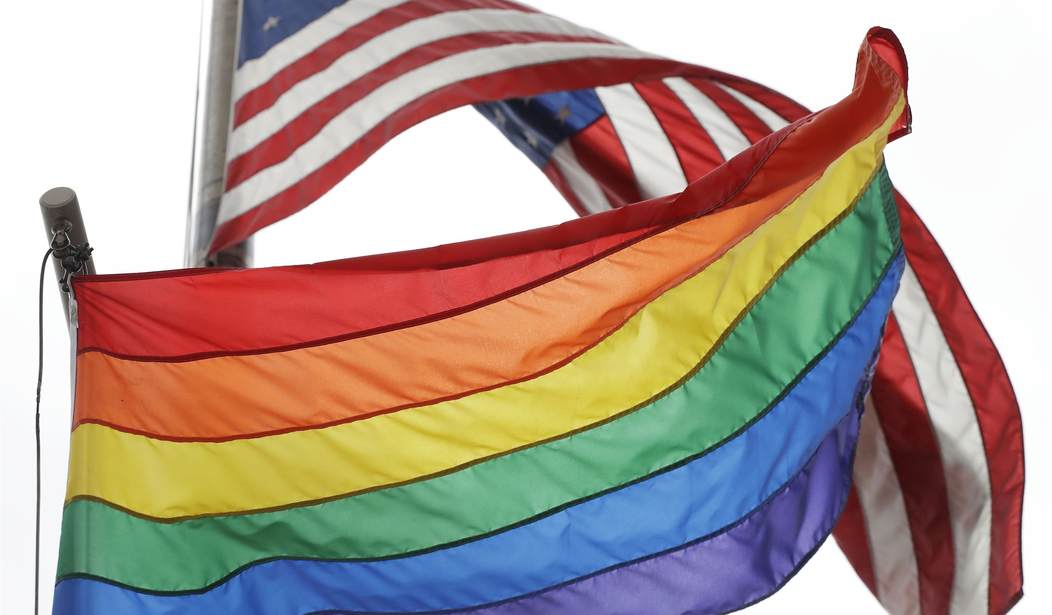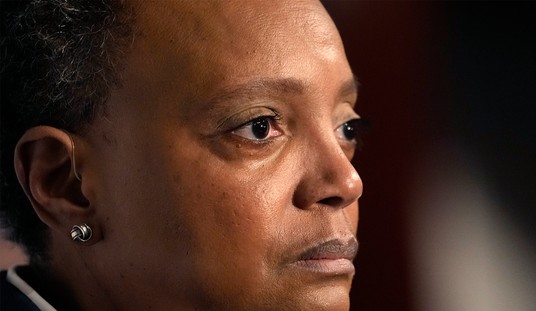The LGBT groomers have certainly been trying harder than ever to get new recruits, and in recent years, they’ve been extremely successful. The number of LGBTQ-identifying people has skyrocketed in recent years, mostly among young people.
In fact, the left-wing Human Rights Campaign sees this as good news because they project that approximately 1 in 7 voters will be LGBTQ by 2030 (that may be as high as 1 in 5 by 2040), and you can guess how the majority of LGBTQ people will vote.
Others–including HBO’s left-wing comedian Bill Maher–are concerned because the rapid growth of people identifying as LGBT is not natural
“If something about the human race is changing at a previously unprecedented rate, we have to at least discuss it. Broken down over time, the LGBT population of America seems to be roughly doubling every generation,” Maher said last May.
He also then cited a Gallup poll that showed that less than 1% of Americans born before 1946, 2.6% of boomers, 4.2% of Generation X, 10.5% of millennials, and 20.8% of Gen Z identify as LGBT. “If we follow this trajectory, we will all be gay in 2054,” he observed.
But it looks like he may have been wrong. While it’s true that the number of LGBT-identifying Americans has doubled in the past decade, according to a recent Gallup poll, after showing unnaturally high increases in 2020 and 2021, the percentage of U.S. adult identifying as lesbian, gay, bisexual, transgender, or asexual remained unchanged in 2022 at 7.2%.
It’s a surprising finding, considering how LGBT-identification has become a fad among young people, that 2022 didn’t see growth in the rate of LGBT identification amongst adults as was seen the previous two years.
“LGBT identification has become much more common in the U.S. in the past decade, though in the past year, the figure has been stable,” observed Jeffrey M. Jones, the senior editor at Gallup. “With many more younger than older adults seeing themselves as something other than heterosexual, the LGBT share of the entire U.S. adult population can be expected to grow in future years. However, this growth depends on younger people who enter adulthood in future years continuing to be much more likely to identify as LGBT than their parents, grandparents and great-grandparents.”
Indeed it does. So why wasn’t there growth in 2022? Well, Bill Maher may have had a perfect explanation. “Yes, part of the rise in LGBT numbers is from people feeling free enough to tell it to a pollster, and that’s all to the good. But some of it is, it’s trendy. ‘Penis equals man? Okay, Boomer.’ Remember, the prime directive of every teen is, anything to shock and challenge the squares who brought you up. It’s why nobody gets a nose ring at 56,” he said. “And if you haven’t noticed that with kids, doing something for the likes is more important than their own genitals, you haven’t been paying attention.”
So, perhaps the reason we didn’t see continued growth in the number of LGBTQ-identifying Americans in 2022 is that some younger people who identify as LGBT were only doing so because it is, in fact, trendy. But, upon entering adulthood, they were less inclined to pretend to be something they’re not.
It’s probably too early to say if the number has hit a ceiling or not, but considering the unnaturally high rates of LGBT identification in younger generations, if that identification remained consistent, there should have been an increase in 2022. S, perhaps the groomers have only succeeded in creating a fad, not a lifestyle.










